Setting New Year’s Resolutions for English Language Learners
The first day back after winter break can feel daunting for ESL teachers. How do you get students back into a learning mindset? Many of our English Language Learners (ELLs) struggle with self-expression, so helping them set New Year’s resolutions can be both a meaningful activity and an important teaching moment.
Research shows that goal setting is vital for students’ academic and personal growth. It encourages reflection, builds confidence, and empowers learners to focus on clear, actionable steps. For ELLs, who often face the dual challenge of learning a new language and adjusting to a new culture, setting achievable goals can provide a sense of purpose and accomplishment.
Why is goal setting important for ESL students?
According to a Education Corner, students who set specific goals are more likely to stay motivated and succeed. Setting resolutions helps ELLs practice essential language skills like writing, vocabulary building, and sentence structure, while fostering self-reflection. Additionally, goal setting ties into social-emotional learning, teaching students to balance academic, personal, and social aspirations.Goal setting for English Language Learners
Setting goals is especially valuable for English Language Learners because it:- Encourages personal growth (e.g., making new friends).
- Inspires academic progress (e.g., reading more books or pages independently in English).
- Promotes social well-being (e.g., spending less time on social media, volunteering, or practicing self-care).
Once completed, these crafts make a wonderful bulletin board display, celebrating student aspirations for 2025!
For more goal-setting inspiration, check out Valentina Gonzalez's Personalizing Learning and ELLs or research on student motivation.
Goal setting can transform the classroom experience and show your ELLs how much they are capable of achieving—one step at a time. What goals will your students set this year?
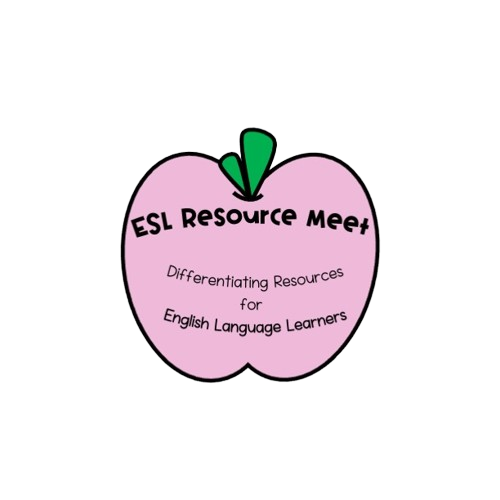








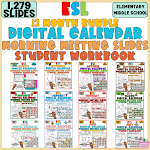


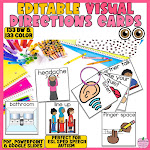













































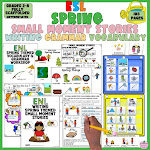




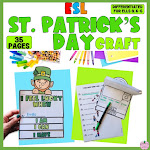
















































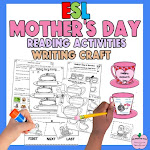
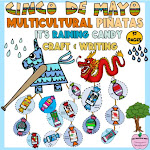
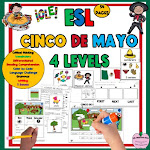
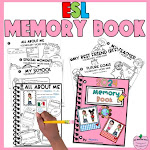




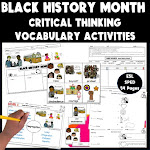



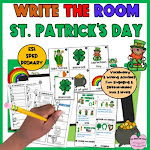
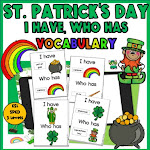
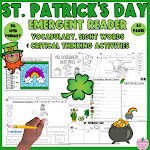



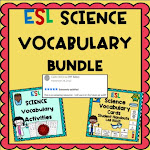




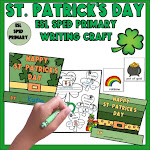

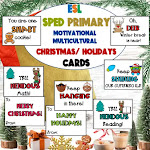


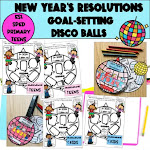
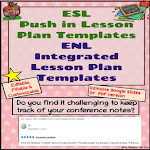




0 Comments